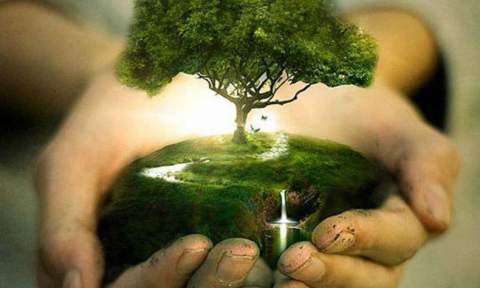 Source: Indian Country Today Media Network
Source: Indian Country Today Media Network
In an effort to promote healthy living across Indian country, U.S. Department of Health & Human Services Secretary Kathleen Sebelius released the following statement in honor of National Native American Heritage Month this November.
Each November, we recognize National Native American Heritage Month—celebrating the diverse histories and cultures of American Indian and Alaska Native people. This year’s theme, “Guiding Our Destiny with Heritage and Traditions: Leading the Way to Healthier Nations,” speaks to the vital role that cultural heritage plays in strengthening families and communities.
In July, I had the opportunity to visit the Navajo Nation in Arizona and meet with key leaders to discuss the health concerns of the Navajo. I attended a Special Session of the Navajo Nation Council and heard from the delegates about health issues such as diabetes, cancer, and HIV/AIDS. I also visited the Indian Health Service (IHS) Gallup Indian Medical Center, which was recently designated as a Level III Trauma Center, the first in the Indian health system. IHS work at this center, and throughout Indian Country, saves countless lives every year.
Our Administration is committed to ensuring the health and well-being of all Americans, which is why we are working with our tribal partners to reduce the health disparities that have historically burdened American Indians and Alaska Natives.
In order to address these issues, we need to make sure that American Indians and Alaska Natives have access to affordable coverage so they can get the care they need.
The Affordable Care Act is critical to that effort, partly by permanently reauthorizing the Indian Health Care Improvement Act, ensuring that IHS is here to stay.
Additionally, the new Health Insurance Marketplace made possible by the Affordable Care Act will make more affordable, quality options for health coverage available to uninsured Americans, including First Americans. IHS has trained staff to help its American Indian and Alaska Native patients enroll in Medicaid or purchase affordable insurance that they can use to continue to receive care at IHS facilities. If more IHS patients have health coverage, additional resources from reimbursements at the local facilities will help expand services for all patients served by IHS.
Health care is just one area in which we are working to increase support for Indian Country.
The Administration for Native Americans recently invested in new and continuing tribal programs to preserve Native American languages. We believe that language revitalization and continuation are important steps in preserving and strengthening a community’s culture.
We are also investing in Head Start and child care programs, innovative substance abuse and mental health initiatives, suicide prevention efforts, job training, economic development campaigns, and programs for seniors.
Please join me in celebrating National Native American Heritage Month and bolstering our commitment to ensuring that all American Indian and Alaska Native people have the opportunity for a stronger and healthier future through improved health care opportunities and partnerships that respect their culture and traditions.
Read more at http://indiancountrytodaymedianetwork.com/2013/11/07/kathleen-sebelius-talks-native-destiny-leading-way-healthier-nations-152072







